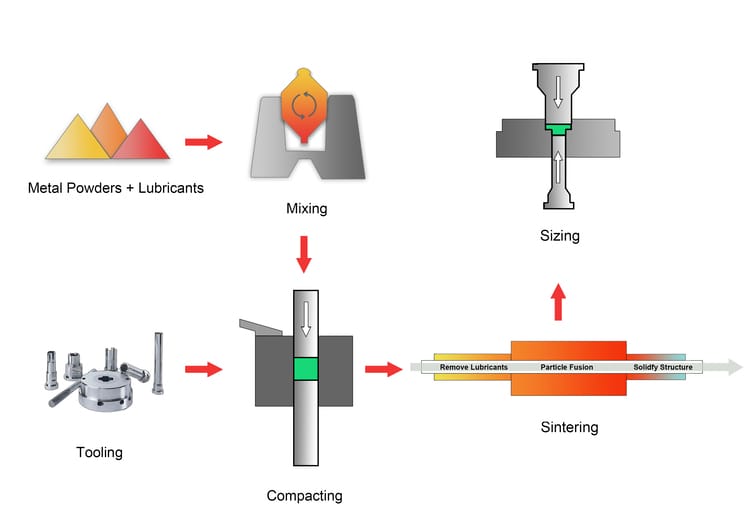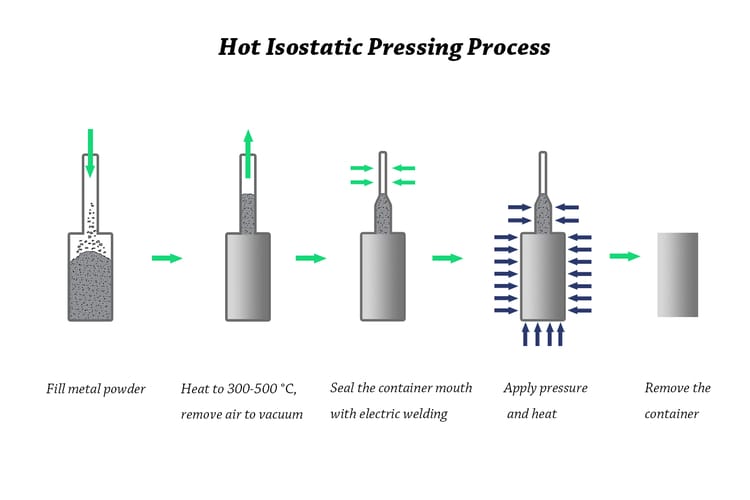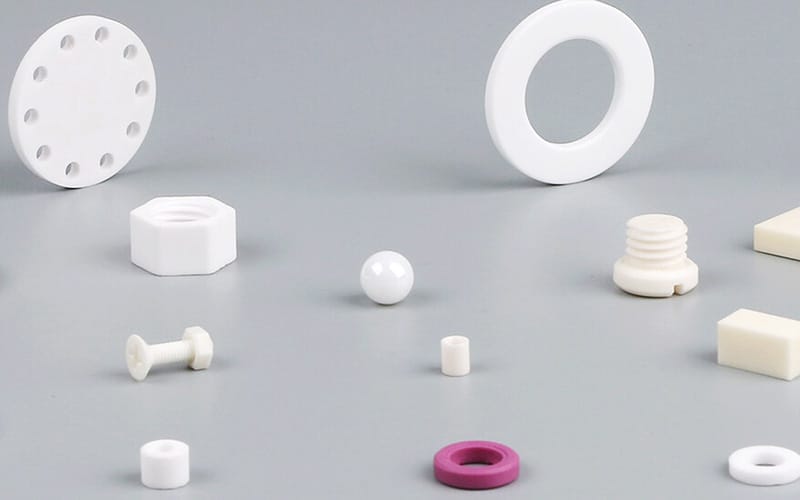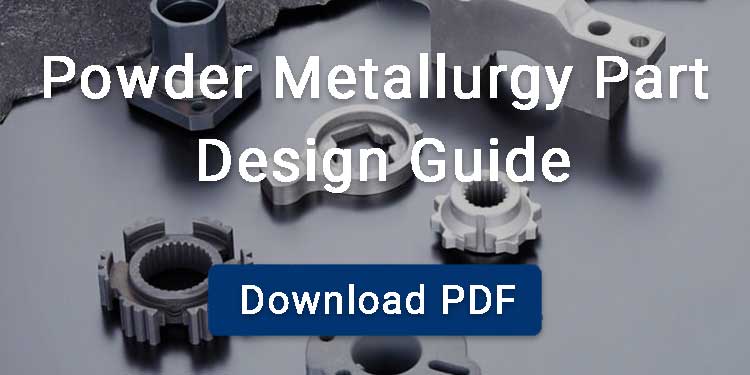Ceramics are inorganic and non-metallic materials made from a blend of natural or synthetic compounds with mechanical properties that include hardness, heat-resistance, and insulation. These popular materials are no longer limited to pottery; they have become an important component of modern technologies. In this article, we’ll explore the ceramic manufacturing process of advanced ceramic materials, their benefits, challenges, and applications.
Contents
What Is Ceramic Manufacturing?
Ceramic manufacturing is the process of fabricating objects from non-metallic products made of ceramic materials through a series of processes. These processes include Ceramic Injection Molding (CIM), Additive manufacturing (AM), Extrusion, and Powder Metallurgy. Ceramics produced via these processes are applied across several industries such as aerospace, electronics, and medicine.

Types of Ceramics
There are two main types of ceramics, known as traditional ceramics and advanced ceramics. However, this section will be focusing on advanced ceramics, and here are the key types:
Alumina (Aluminum Oxide)
A chemical compound made of aluminum and oxygen, with a chemical formula Al2O3. It is also known as aloxide or aloxite. Its high hardness, relatively high thermal conductivity, excellent wear resistance, and good electrical insulation make it suitable for making cutting tools, abrasives, and electronics.
Zirconium Oxide (Zirconia)
It is a white crystalline oxide of Zirconium with the symbol ZrO2. Zirconia is very useful in ceramics and protective coatings because of its high stability, unreactive nature, and resistance to acid and alkali. Due to the possibility of its enhanced mechanical properties when doped with other oxides, it is used in dental implants, oxygen sensors, and fuel cells.
Aluminum Nitride
Aluminum Nitride (AlN) ceramics are useful in various electrical equipment due to their high thermal conductivity and electrical insulation ability. These properties make it the ideal material for microelectronics and heat sinks.
Silicon Carbide (SiC)
It is made from Silicon and Carbon, and is known for having high thermal conductivity, chemical resistance, and wear resistance. These make it a go-to for use in thermal processing applications and other critical applications like cutting tools, or in automotive brakes, pumps, and chemical equipment.
Silicon Nitride
Silicon Nitride (Si3N4) is one of the highest performing technical ceramics. Its properties include a low density, excellent flexural strength, and resistance to thermal shock, including high maximum operating temperatures and fracture toughness. These strengths make it ideal for use as pump components, engine parts, petrochemical industry components, and aerospace components.
Boron Carbide
Boron carbide is a crystalline compound composed of boron and carbon. It is produced synthetically and is extremely hard. It is used in some applications such as lightweight composite materials, abrasives, control rods for nuclear power generation, and armor plating.
Ceramic Manufacturing Process
Several techniques are used to manufacture ceramics, each suited to specific materials and applications. Here are the most common:
Powder Metallurgy
This method forms ceramic parts from fine powders through shaping and sintering, without reaching the melting point. The powder metallurgy process includes powder blending, compacting with different forming techniques, and sintering in a controlled atmosphere. It is well-suited for producing high-strength, high-precision components in large quantities.

Dry Pressing
Dry pressing, also known as die compaction, is a shaping process where ceramic powder is filled into a rigid mold and compressed using upper and lower punches to form a green compact. This method provides precise dimensional control and is suitable for simple, flat geometries. After pressing, the compact is removed from the mold and then sintered at a temperature below the ceramic’s melting point to achieve final strength and density.
Isostatic Pressing
This technique is used to generate intricate shapes of materials. The powder ceramic is placed in a flexible mold and immersed in a high-pressure fluid medium. Hydraulic pressure is applied from all sides to compact it evenly to achieve high densification. This process is especially useful for producing large parts. After sintering, parts usually finish grinding to meet tight tolerances.

Slip Casting
A liquid suspension (slip) of ceramic particles is poured into a porous mold, which absorbs water from the slip, gradually forming a solid layer of ceramic material on the mold surface. After the cast is formed, the remaining slip is drained, and the greenware is left to dry inside the mold. After that, the unfired ceramic part (known as greenware) is carefully removed from the mold and left to dry overnight before polishing. It remains in a plastic, workable state until the first firing transforms it into a hardened ceramic. This process is Ideal for intricate hollow shapes like sanitary ware.
Extrusion
This process starts with putting clay (the raw material) through a ceramic extruder designed to transform it into a predefined shape, like pipes and rods. The materials used for this process are designed to withstand high temperatures and pressures during extrusion. Each step before the final firing must be properly controlled to produce high-quality artifacts. This continuous process is highly efficient for structural components.
Injection Molding
Ceramic Injection Molding (CIM), where fine ceramic powder and a thermoplastic binder are injected into a mold to form particular 3D shapes. The formed shapes are later removed from the molds and passed through a sintering process at high temperature to achieve a final result. This technique enables the mass production of small, complex parts with high dimensional accuracy.

Additive Manufacturing
Additive Manufacturing, also known as 3D printing, this process builds ceramic parts layer by layer. The Lithography-based Ceramic Manufacturing (LCM) 3D printing is a subset of this technique; it cures a liquid pre-ceramic monomer to form a solid ceramic part using light. This process is known as photopolymerization, and it allows for custom designs and internal geometries not achievable with traditional methods.
Finishing and Post-Processing
After shaping and firing, ceramic products often undergo additional treatments to improve appearance and performance:
Glazing
This adds a smooth, glassy surface for aesthetic appeal and moisture resistance.
Surface Polishing
It enhances the smoothness and dimensional accuracy of ceramic components.
Machining or Cutting to Shape
Diamond tools are used to cut or refine fired ceramics to the desired specifications.
Quality Control Checks
Every batch is tested for density, porosity, strength, and dimensional accuracy to ensure consistency and reliability.
Comparison of Ceramic Manufacturing Methods
| Process | Advantages | Disadvantages |
|---|---|---|
| Powder Metallurgy | High strength and density Good for simple shapes Suitable for mass production |
Limited to simple geometries High cost |
| Isostatic Pressing | Uniform density Suitable for large or complex parts Improved mechanical properties |
Slow process More expensive than dry pressing |
| Slip Casting | Good for hollow or intricate parts Low tooling cost Smooth surface finish |
Long drying time Labor-intensive Risk of shrinkage |
| Extrusion | Continuous production Good for structural shapes High output |
Limited to fixed cross-sections Possible internal defects |
| Injection Molding | Suitable for small, complex parts High dimensional accuracy Easy to automate |
Expensive molds Requires multiple steps (debinding, sintering) |
| Additive Manufacturing | Creates complex shapes No need for tooling Flexible for custom or low-volume parts |
High machine cost Limited materials Slower than traditional methods |
Application of Ceramic
Household & Traditional Use
Ceramics, especially traditional ceramics, are ideal for producing items like tiles, cookware, and pottery.
Industrial Use
Ceramics are strong and durable, hence, ideal for making cutting tools, wear-resistant parts, and engine components.
Medical Applications
Zirconia and alumina are biocompatible ceramics that are used in making dental crowns, bone implants, and surgical tools.
Electronics
Ceramic materials serve as insulators, substrates for circuit boards, and components in capacitors and sensors.
Aerospace & Defense
Ceramics with notable high strength are ideal for use in armor systems, thermal protection for spacecraft, and sensitive navigation equipment.
BLUE specializes in sintered ceramic products, with in-house capabilities in powder metallurgy die compaction, and ceramic injection molding. Browse our standard part catalog in our sintered ceramic SHOP to compare and place your order. If you don’t find what you need, we also provide custom solutions tailored to your specifications.
FAQ
What Is the Difference Between Traditional Ceramics and Advanced Ceramics?
Traditional ceramics and advanced ceramics differ primarily in composition, properties, and applications. By composition, traditional ceramics are made from natural raw materials, such as clay and quartz, while advanced ceramics are made from synthetic materials, including alumina (Al₂O₃) and zirconia (ZrO₂). By their properties, traditional ceramics are porous, have low mechanical strength, and are prone to thermal shock. Advanced ceramics, however, are highly dense; they have superior hardness, heat resistance, electrical insulation, and chemical stability.
By applications, traditional ceramics are suitable for decorative uses such as tiles, bricks, pottery, sanitary ware, and porcelain. Advanced ceramics are for high-performance purposes like electronics (capacitors, insulators), medical implants, dental devices, aerospace parts, automotive components, military armor, and ballistic protection.



